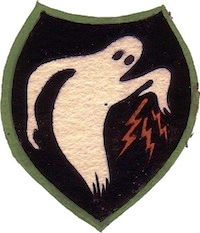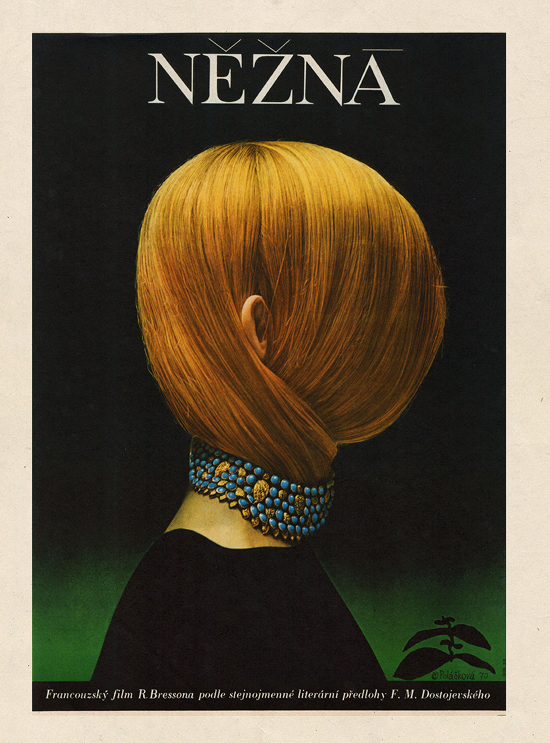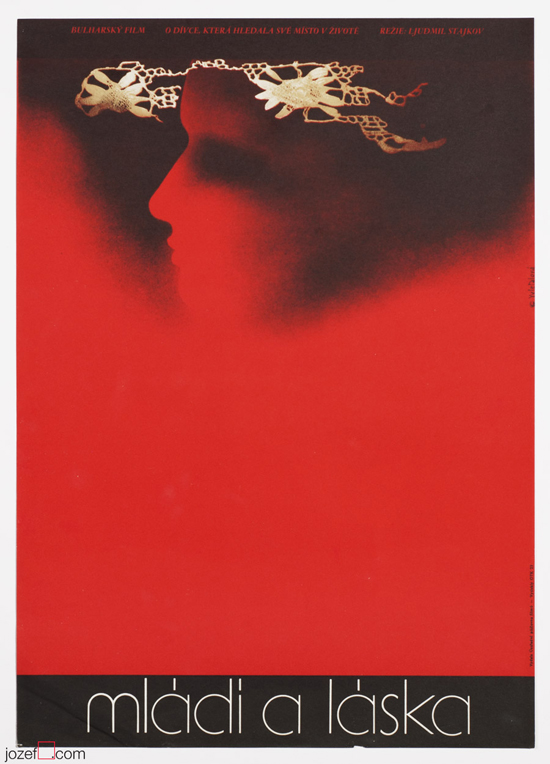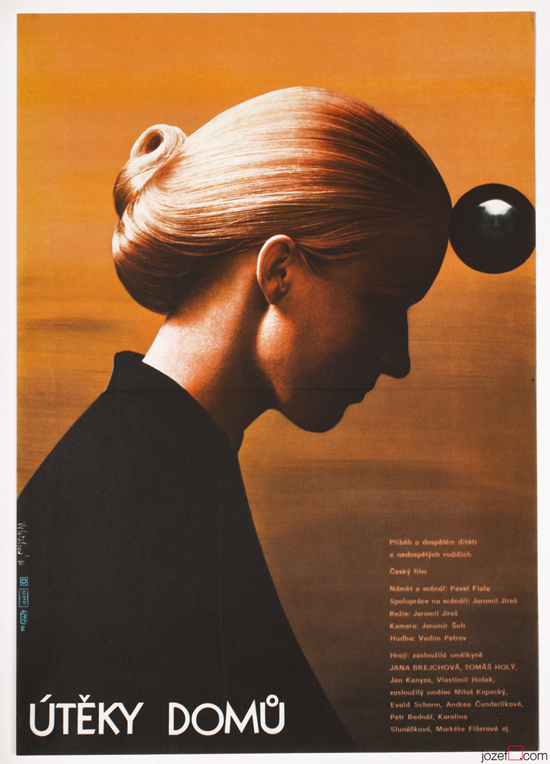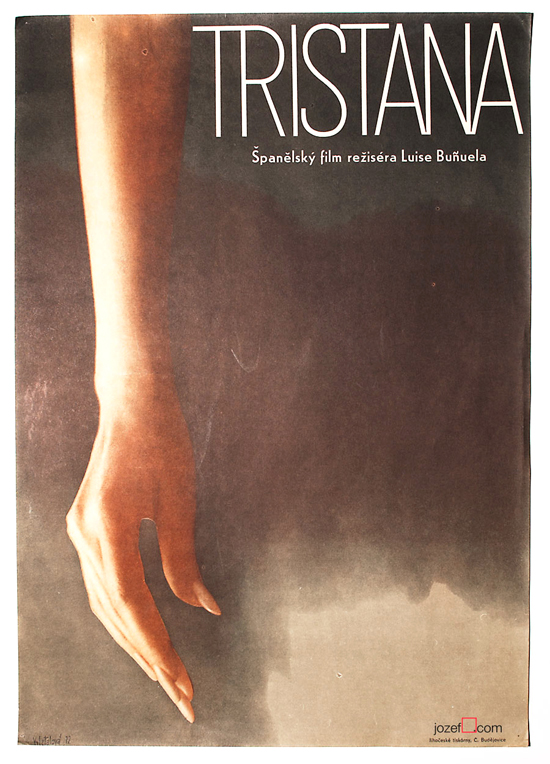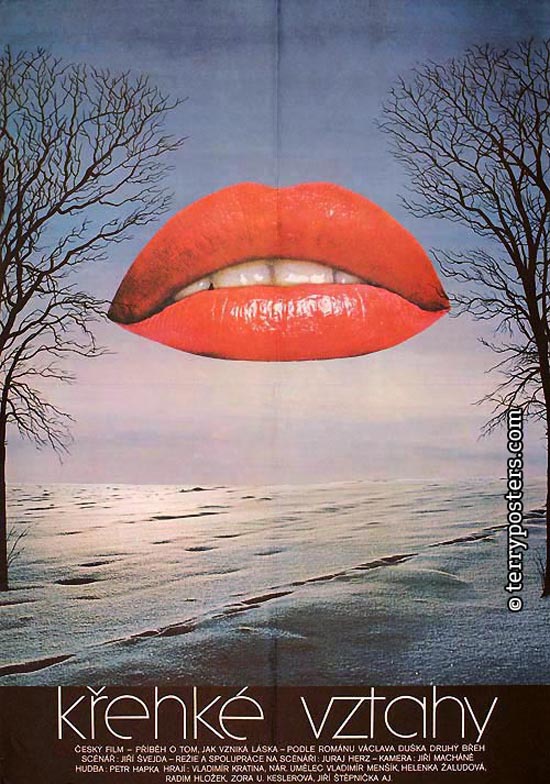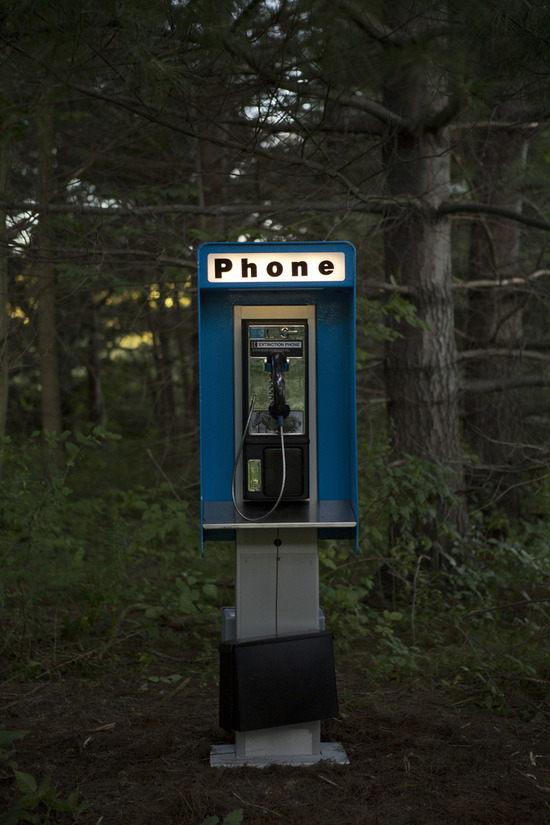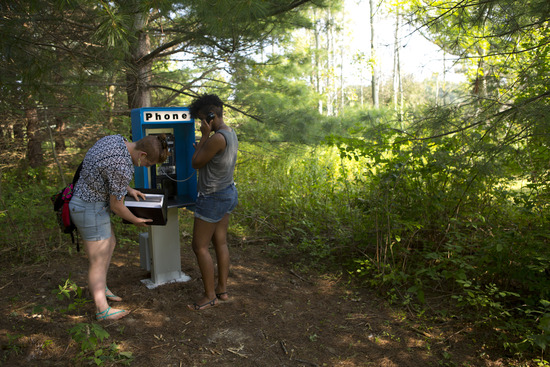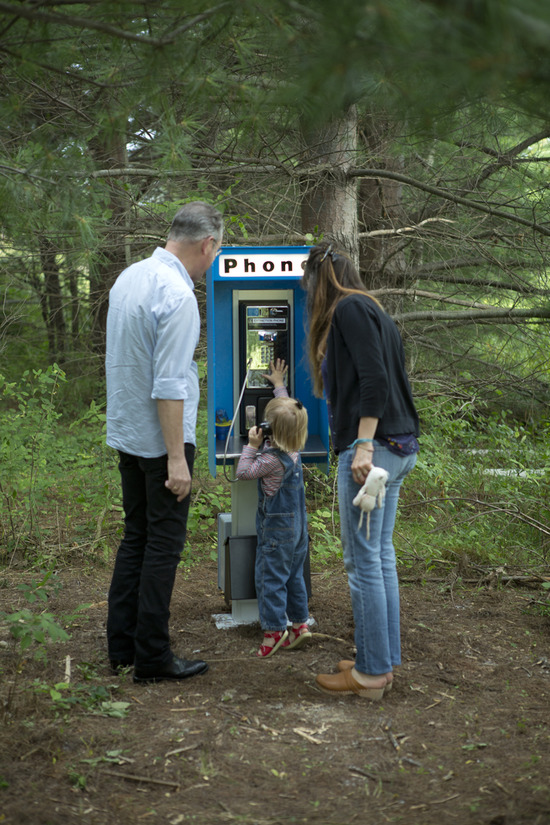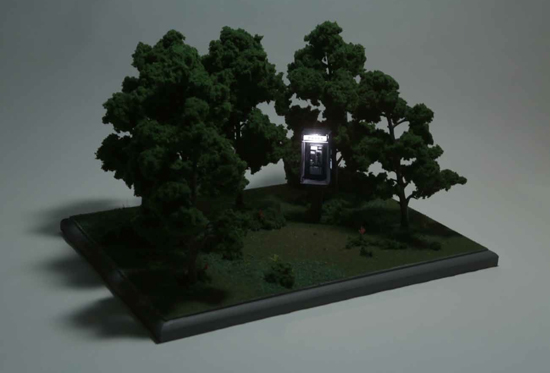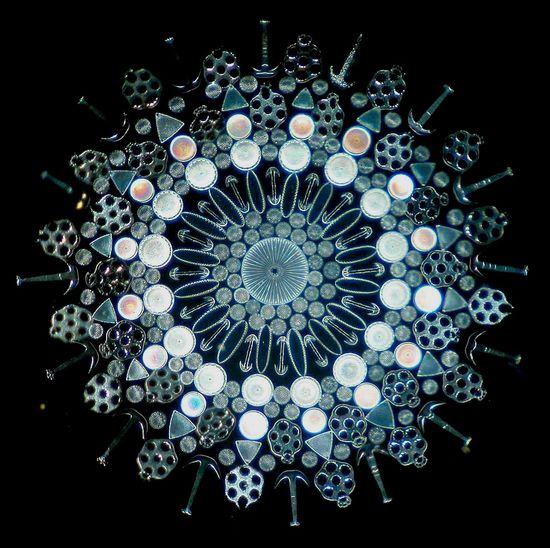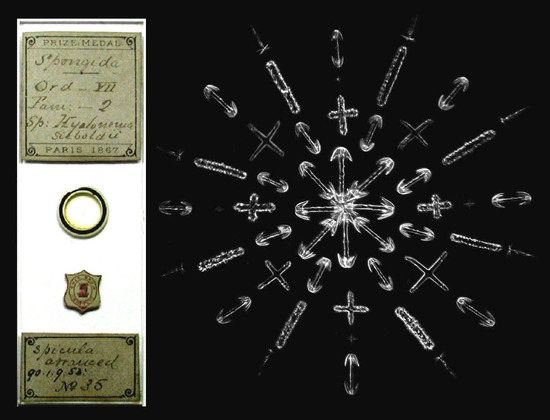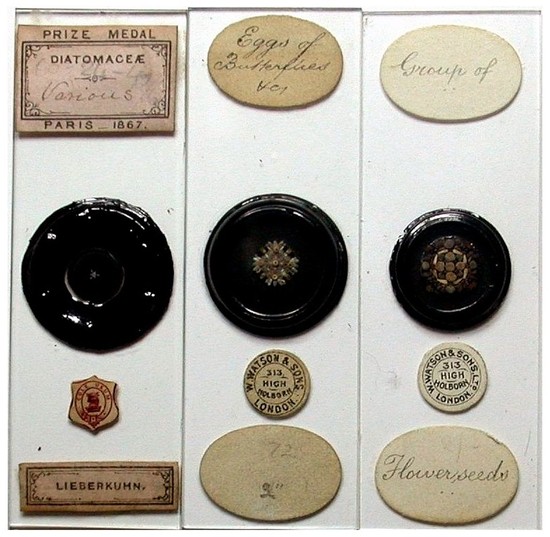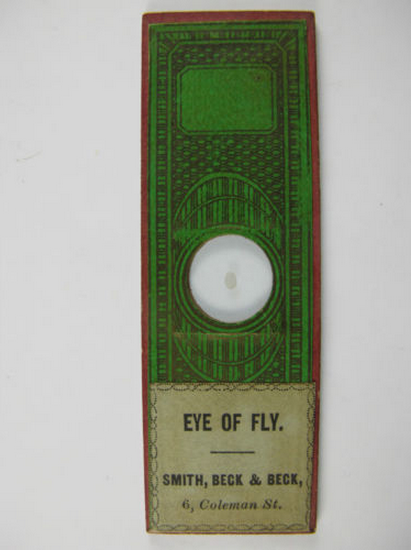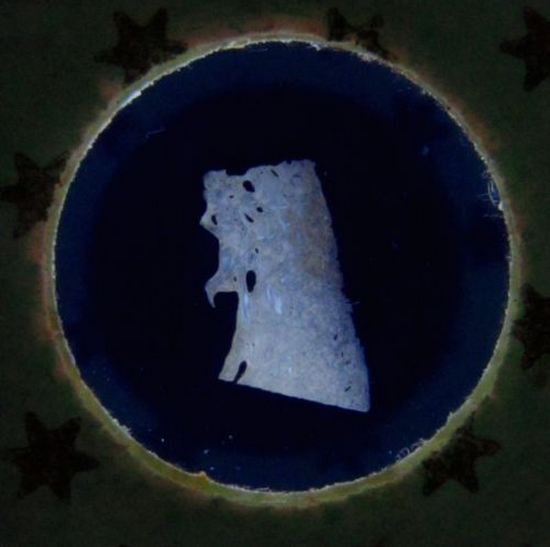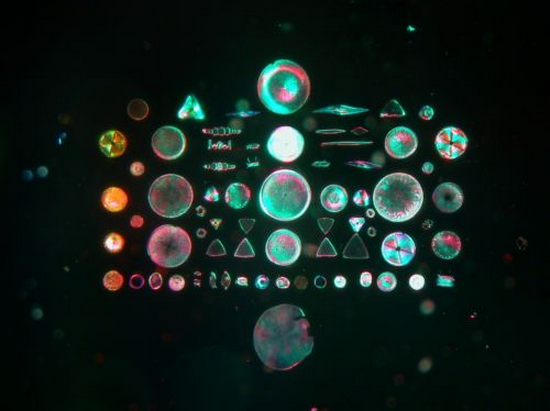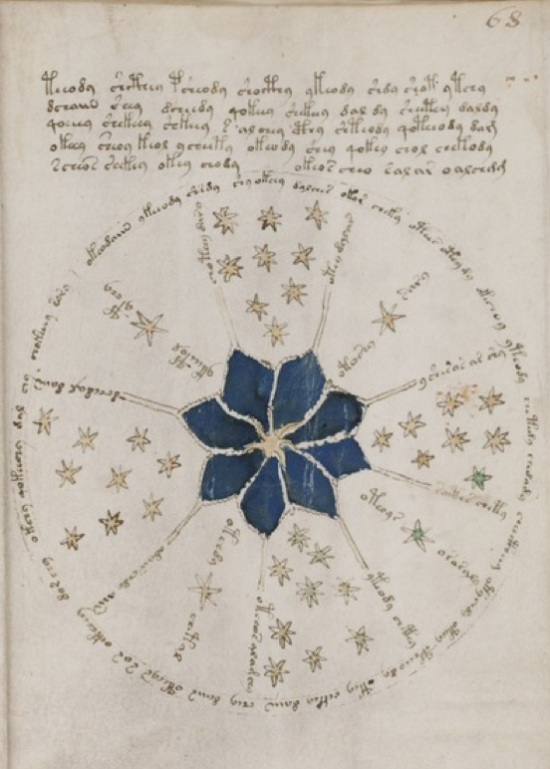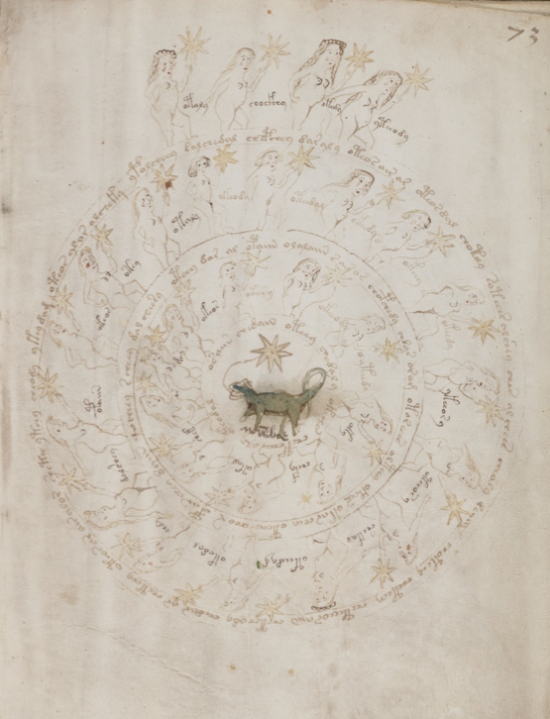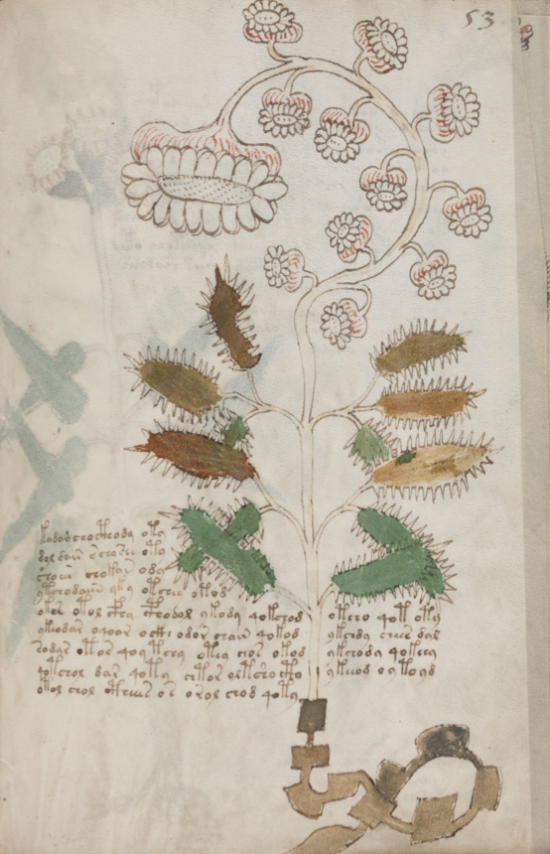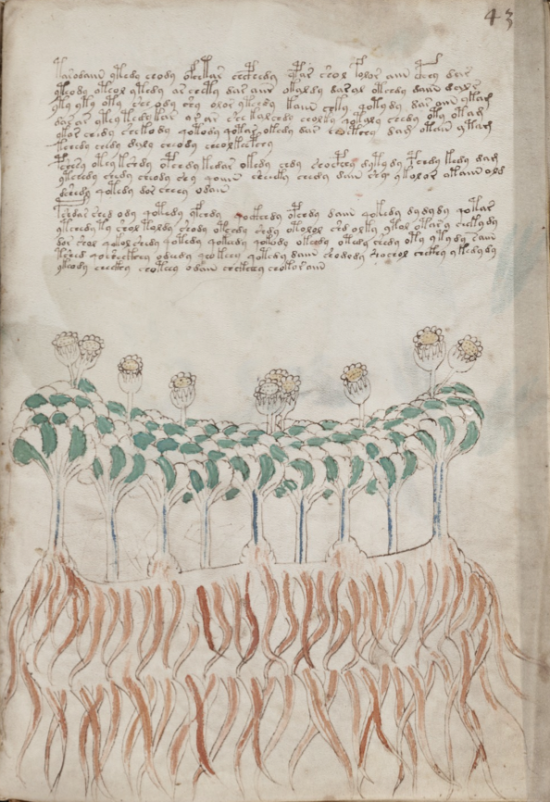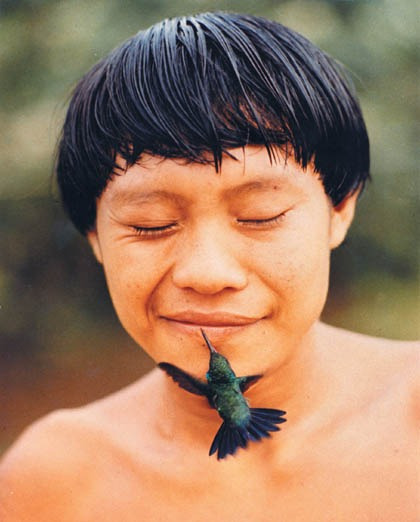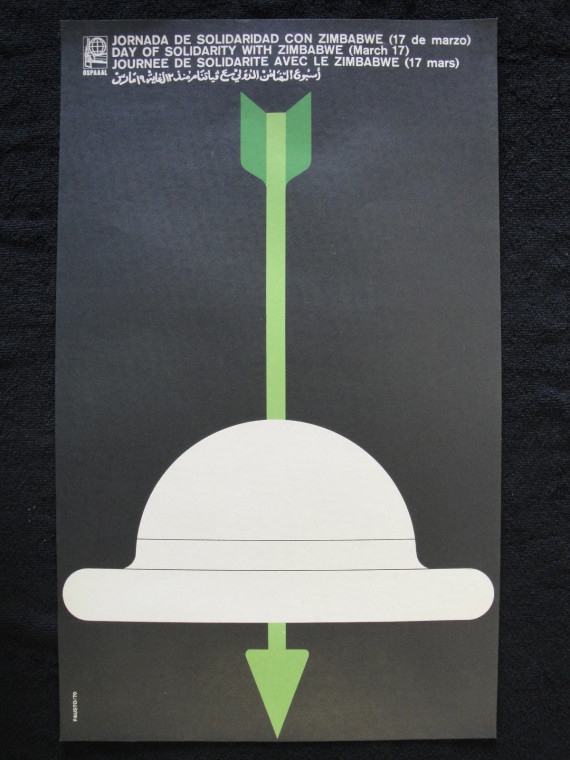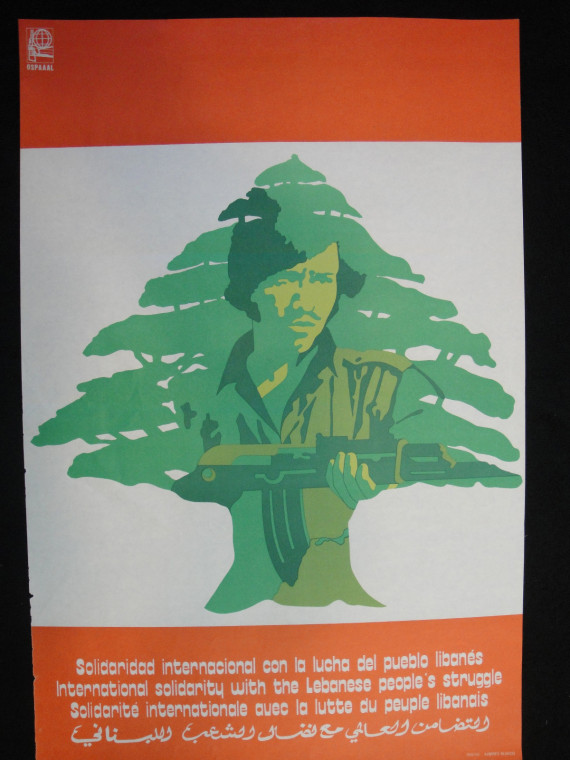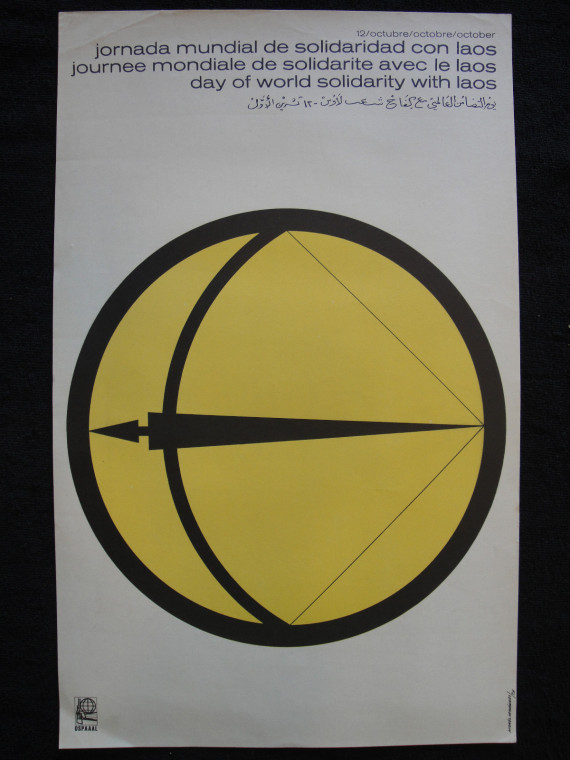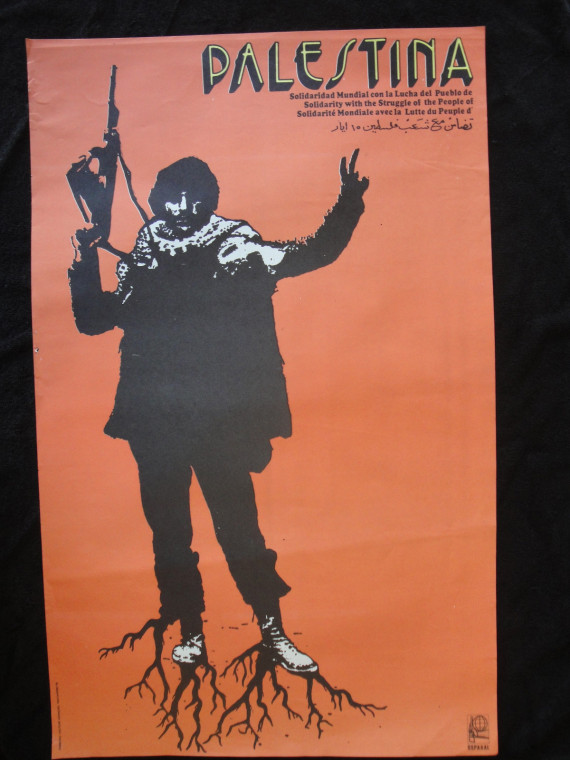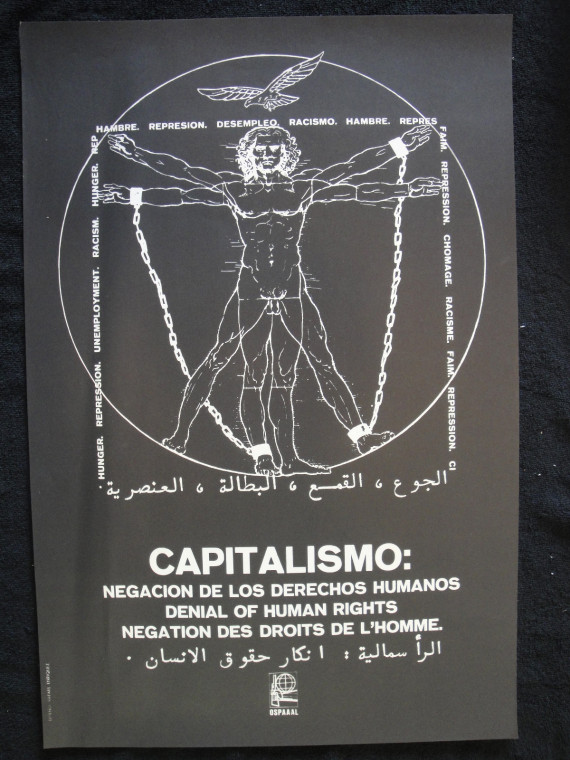Recently I was asked for comment by The Hollywood Reporter regarding the role of an editor in the edit notes process, and what the editor can do if they disagree with a note, or if they feel the note is ignorant, sexist, racist or bigoted. Here is the full comment I sent back:
I think that the question of how the editorial notes process works is actually a very complicated one, and gets right at the heart of what the editor’s role is in the filmmaking process.
In my experience, the politics of the editorial process vary wildly depending on the project and the people involved. In the American film and television studio system, the freelance editor is considered “below-the-line” — meaning the editor's role is officially treated as more technical than creative, and the editor is essentially hired as an employee of the producers. This can lead to uncomfortable situations for the editor(s), who will often have to determine which opinion among their superiors to follow, based on who has the most control over the editor's hiring (or firing) in the future.
I personally have been brought on to most of my jobs by the director, and so I often feel that by taking the job, I have agreed to assist the director in manifesting the edit they most prefer. This suits me, partially because a director's politics and style are often easier to determine than that of producers, and also because I believe that following the director's insight into the internal logic of a piece usually results in the best finished product. The most comfortable scenario is when the directors, producers and studio have an implicit or explicit agreement amongst themselves about the direction of the edit or who will be trusted with the final say, sparing the editor(s) from having to pick sides amongst their superiors.
An editor cannot, therefore, expect to be involved in the conversations with the studio, financiers, directors and producers regarding the creative direction of the edit, but very often an editor is conditionally invited into such discussions by directors or producers who recognize the value of the editor's input. Most often this is not explicitly stated, and requires the editor(s) be sensitive to the internal politics between director, producers and studio. On some projects with multiple editors, there is an official or unofficial lead editor position designated to the editor who has been given more creative leeway. No matter what, however, the editor is always subject to the precarity of the freelance employee/employer relationship in the American film and television studio system.
In my experience, in instances of serious disagreement between the editor(s) on one side and producers and/or the director on the other, the editor does not have any leverage with which to persist with their disagreement beyond a polite interjection. This heightens the stakes dramatically — especially in an instance where the disagreement may imply that the editor feels the producers and/or director are being insensitive or ignorant — turning a potentially productive and necessary argument over a political, ethical or moral point into a conundrum for the editor that would directly impact the likelihood of being hired again in the future, or possibly fired immediately. I have seen it happen. I have also, I am ashamed to say, backed down from such arguments in the past for the sake of maintaining my working relationships and job security, while rationalizing it as “wanting to be a team player" or "being polite". These experiences make my choice of what project to work on in the first place one of the most crucial ethical and political decisions I face in my job.
In most of my experience, however, good filmmakers value receiving honest and direct opinions from an editor they have sought out, and even expect the editor to generate a fair amount of content and make many fundamental decisions about the final product entirely on their own. I am sure that is not the case in the more formulaic genres and categories of tv and film — but thankfully, I have not had to work very much in that world.
I do believe there is a problematic contradiction in the traditional role of the editor in Hollywood: there is often a massive expectation for creative input placed on the editor that can be equal to, or — frankly — greater than that of some producers, but without the job security, recognition or remuneration that directors and producers enjoy. I think that the official recognition of the editor as also having a type of producer role should be seriously discussed more. It is commonplace to expect a writer or actor to also have a producer role due to their creative contribution — and yet, editors can contribute as much or more tangible content to a project as actors or writers. I am also reasonably sure that a survey on this point amongst other key department heads — like production designers and cinematographers — would reveal similar sentiments. I am in favor of pushing the American film and television studio system towards a less hierarchical crew structure — one that would function more like an employee-owned business or co-op — in which more of the crew share more of the profits, job security, and freedom to express their opinions.
- Nicholas Monsour




